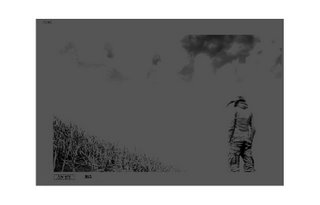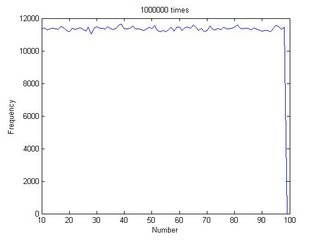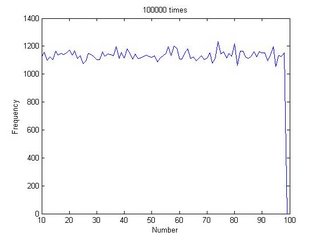常常在攝影的人都知道
用單眼數位拍出來的照片通常需要 “後製”
也就是對照片作修改
因為常常用到像photoimpact或photoshop等的編輯軟體
突然想到可不可以利用
Matlab的強大功能作類似的處理
經過摸索之後找到可以把照片載入matlab的方法
並進行幾項簡單的修改
介紹:
在這裡我選擇了幾項簡單的功能並製作了一個選單
基本的功能包括
1. 觀看原圖 View photo
2. 顏色濾鏡功能 RGB filter
3. 反白 Counter image
4. 彩色照片轉黑白照 Color ro B/W

1. View photo
觀看指定的照片 並有放大縮小的功能
2. RGB filter
就像photoshop的濾鏡功能,分成R、G、B 濾鏡
點選之後會輸入三個數值,r、g、b 分別是0~1的數值
1 代表顏色原始呈現 0 代表完全被遮住。
3. Counter image
也就是反白功能,能將明暗對調
4. Color ro B/W
把彩色照片轉換成黑白照片
使用方法:
把想處理的照片 xxx.xxx (如 w.jpg) 放在matlab的 Current Directory。
輸入指令 : Photo
打入 xxx. xx (記得打副檔名)
就進入選單模式
範例:
選這張照片進行處理 “ w.jpg “
5. (1) View photo
會顯示原照片
http://photos1.blogger.com/x/blogger2/2907/859880749988154/1600/963015/w.jpg
6. (2) RGB filter
R=1
G=0
B=0
http://photos1.blogger.com/x/blogger2/2907/859880749988154/1600/36517/r.jpg
R=0
G=1
B=0
http://photos1.blogger.com/x/blogger2/2907/859880749988154/1600/388570/g.jpg
R=0.5
G=0.5
B=0.5
http://photos1.blogger.com/x/blogger2/2907/859880749988154/1600/500246/05.jpg
R=0
G=1
B=1
http://photos1.blogger.com/x/blogger2/2907/859880749988154/1600/859043/bg.jpg
7. Counter image
http://photos1.blogger.com/x/blogger2/2907/859880749988154/1600/872523/count.jpg
8. Color ro B/W
http://photos1.blogger.com/x/blogger2/2907/859880749988154/1600/673361/gra.jpg
結語:
目前只是最基本的修改功能
未來計畫要加入的包括進接的修改功能及目前富士最新的 臉部辨識功能
程式碼
file=input('select your photo (xxx.xxx)\n:','s');
w=imread(file);
k=menu(' Matphoto v.1 by Ching','View photo','RGB filter','Counter image','Color ro B/W');
switch k
case 1
imview(w);
case 2
r=input('Input your R value(0~1)\n:');
g=input('Input your G value(0~1)\n:');
b=input('Input your B value(0~1)\n:');
w2(:,:,1)=w(:,:,1)*r;
w2(:,:,2)=w(:,:,2)*g;
w2(:,:,3)=w(:,:,3)*b;
imshow(w2);
case 3
w2=256-w;
imshow(w2);
case 4
w2=(w(:,:,1)+w(:,:,2)+w(:,:,3))/3;
imshow(w2);
end











